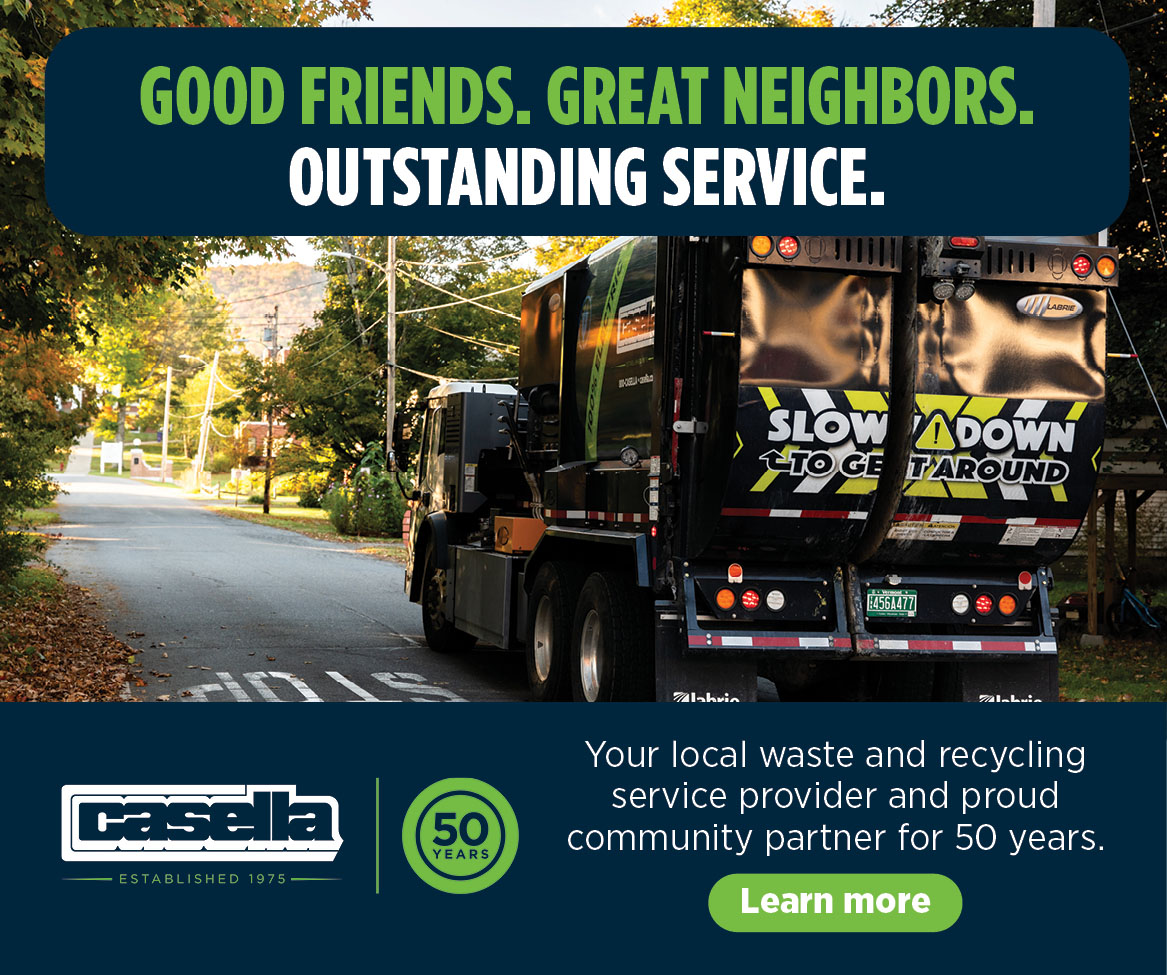By Bonnie Kim Donahue
Much of landscape maintenance in summer is devoted to mowing lawns.
Traditional lawns in the Northeast are typically made up of a mix of turfgrasses such as Kentucky bluegrass, perennial rye and fine fescues. Seed mixes often include a mix of species to provide full lawn cover in spite of changing conditions like heat and moisture.
Turfgrass lawns provide many environmental benefits such as erosion control, as well as caching and filtering water. They also have an appealing, carpet-like appearance that many of us in the Northeast have grown accustomed to seeing in the summer.
What these grasses do not provide is food for pollinators. Flowering plants produce nectar and pollen, which are food for pollinators including bees, butterflies, flies and beetles.
Pollinators are a critical part of earth’s ecological systems. They pollinate fruit, vegetable and nut crops so that we can have food to eat. They also provide food for creatures big and small, being eaten by birds, bats, reptiles, fish and other insects.
Unfortunately, pollinator habitat is dwindling as land becomes more developed. Lawns are one area where we can rethink our practices and reduce our environmental impacts while building habitat for pollinators.
One simple way to build pollinator habitat into your lawn is to avoid mowing areas that are flowering. Leave the blooms alone until they turn brown, and then mow them. If you take a moment to watch these flower patches, you will see multiple species of insects visiting the flowers.
If you are starting a new lawn, or reestablishing an old one, consider adding low-growing flowering species into your lawn.
Dutch white clover (Trifolium repens) grows 3 to 6 inches tall and has sweet white flowers that are attractive to bees. The rounded leaves in clusters of three creates a lovely textural contrast to thin blades of grass. Flowers bloom between May and September, providing season-long food for pollinators.
Lance self-heal (Prunella vulgaris ssp. lanceolata) has cones of lavender-purple flowers that attract bees and butterflies. Self-heal grows 6 to 12 inches tall with flowers that bloom from June to August.
Ask your local native plant nursery or seed supplier for ideas for other species that will do well in a lawn setting. Other options to try include alsike clover (Trifolium hybridum), wild strawberry (Fragaria virginiana), common violet (Viola sororias) or creeping thyme (Thymus praecox ssp. arcticus).
To overseed an existing lawn with pollinator seeds for lawns, make sure that the seed will have good seed-to-soil contact. Patchy, thin lawns with open soil will receive seed better than a thick, lush lawn. Scarify the soil gently to relieve any compaction, moisten the soil and spread the seed per the manufacturer’s recommended seed rate.
Lightly cover the seed with weed-free hay or straw, and keep the area watered as the seedlings establish. The best time of year to seed is the fall, but seeding also can be done in late spring to mid-June if the seeds are kept watered.
Bee lawns should be mowed higher, and kept to about a three to four-inch height. A benefit of bee lawns is that they will not grow as tall or fast as turfgrass, and they can be mowed less frequently (depending on site conditions, once every 3 to 4 weeks).
For more detailed information, check out “Planting and Maintaining a Bee Lawn” by University of Minnesota Extension at go.uvm.edu/bee-lawn.
Ironically, flowers are often what we want to remove from lawns for their appearance. It just takes a shift in perspectives and priorities to see the beauty and purpose of these flowering species and their crucial role in the greater ecosystem.
Give a bee lawn a try!




